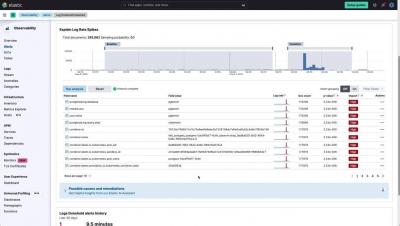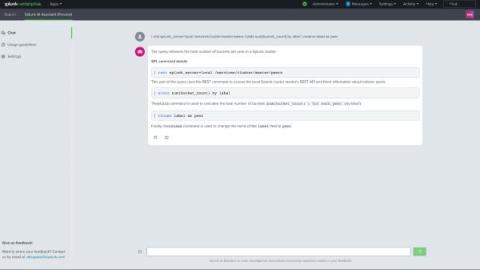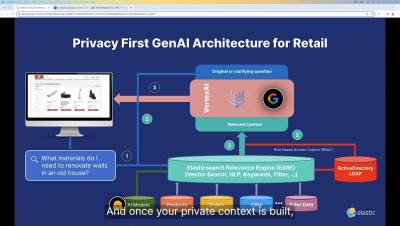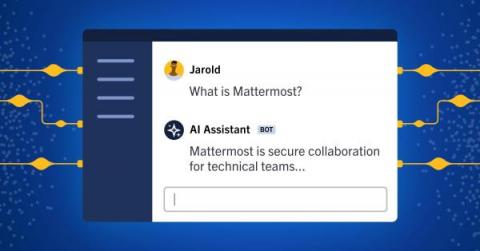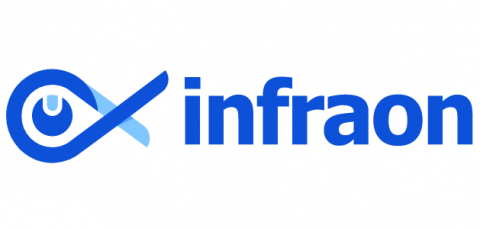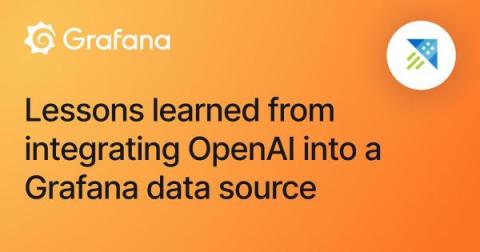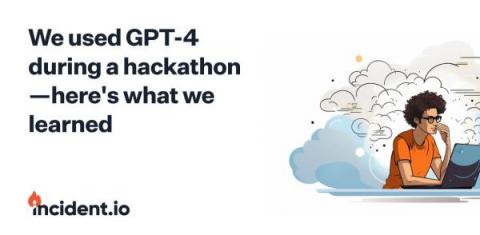Operations | Monitoring | ITSM | DevOps | Cloud
AI
Flatten the SPL Learning Curve: Introducing Splunk AI Assistant for SPL
Turning Your Retail eCommerce into a Platform of Engagement and Loyalty
Shaping the Future of ITSM with AI-Enabled Collaborative Workspace
Start using GPT-4 and local models with the open source OpenOps framework
Organizations — particularly those with high security and compliance requirements — need a customizable way to explore and innovate with artificial intelligence and other new technologies. This is why we’re happy to introduce OpenOps, an open source platform designed to help organizations experiment with AI in a secure environment they control. OpenOps is a framework of several tools that enables you to test open source AI models in a sandbox.
5 considerations for building generative AI trust
Katie Schmidt, senior manager of AI/machine learning user experience research, contributed to this blog. Years of user experience (UX) research and customer feedback have shown that building trust is integral to success with AI. With generative AI (GenAI), trust is more important than ever.
AI-Powered Ticket Automation: All You Need To Know
The Role Of Software Asset Management In Cybersecurity Preparedness
In this article, we explore the critical role Software Asset Management plays in cybersecurity preparedness. As the threat landscape continues to evolve and malicious actors become more adept at exploiting vulnerabilities, it is essential to take a proactive approach to protect your business and its valuable assets. Our experts delve into the benefits of implementing software asset management strategies, the risks associated with neglecting it, and what you can do to optimize your cybersecurity preparedness.
Lessons learned from integrating OpenAI into a Grafana data source
Interest in generative AI and large language models (LLMs) has exploded in popularity thanks to a slew of announcements and product releases, such as Stable Diffusion, Midjourney, OpenAI’s DALL-E, and ChatGPT. The arrival of ChatGPT in particular was a bellwether moment, especially for developers. For the first time, an LLM was readily available and good enough that even non-technical people could use it to generate prose, re-write emails, and generate code in seconds.
We used GPT-4 during a hackathon-here's what we learned
We recently ran our first hackathon in quite some time. Over two days, our team collaborated in groups on various topics. By the end of it, we had 12 demos to share with the rest of the team. These ranged from improvements in debugging HTTP request responses to the delightful “automatic swag sharer.” Within our groups, a number of us tried integrating with OpenAI’s GPT to see what smarts we could bring to our product.


